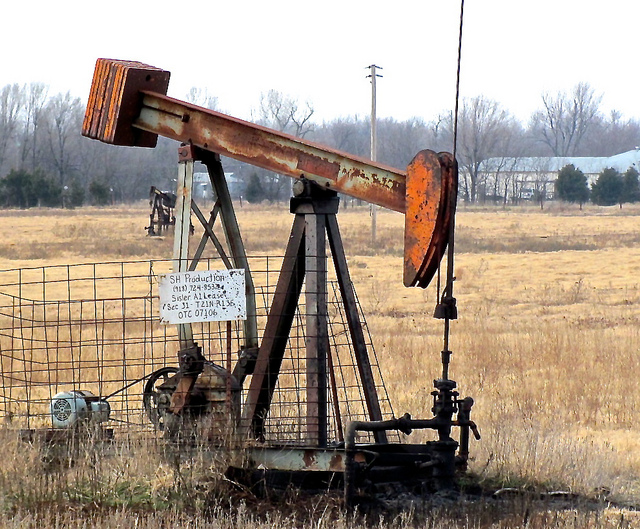Unless you’ve been hiding under a rock somewhere, you’re probably well aware that the price of oil has fallen dramatically, to less than $50 a barrel. What this means for Canada’s economic output and labour markets is not yet clear. But Stephen Poloz at the Bank of Canada has said that he expects the effect to be “not trivial,” and suggested that it might lower the Bank’s GDP expectations by around 0.3 percentage points. Deputy Governor Timothy Lane’s talk on January 13 is good background reading on this topic, and overall he suggested that the effect will be at least somewhat negative for the Canadian economy. Other commentators have suggested that the lower dollar and the U.S. economy’s pick-up will swamp any negative effects, leading to an overall positive effect nationally.
There are several reasons why I would side with the more pessimistic predictions. I also think that the policy response to a more pessimistic outlook is consistent with the policy response to medium and long-term global constraints, such as climate change. Let me tell you why.
I’ve commented earlier on the Bank of Canada’s review of manufacturing capacity lost during the past recession, and the CIBC has put out a note on this as well. Avery Shenfeld and Andrew Grantham point out that significant capacity loss has been centred in manufacturing sectors that are sensitive to changes in the Canadian dollar (and therefore might be poised for a period of expansion). It takes much longer for business to respond to exchange rate signals when they don’t have existing excess capacity. Shenfeld and Grantham suggest that it could take several years of an 80 – 85 cent dollar before we saw a return to a vibrant manufacturing sector in southern Ontario. This is different than previous recessions, where Ontario had excess manufacturing capacity that could quickly respond to price signals.
Also, communities in Ontario and Atlantic Canada have depended on remittances from workers who either commute or move to Alberta for high-wage jobs in the tar sands or construction. These workers are likely to be laid off first, creating a drag on the economy that will be felt far outside Fort McMurray.
The other fear is that Alberta and the federal government will respond to lower revenues with more cuts, that will act as a further drag on economic growth. This would be the least effective response, but given current provincial and federal leadership, is also the most likely.
Rather than cross our fingers and hope for a manufacturing led recovery, I think that all levels of government, unions, and business need to think about what kinds of infrastructure we need to put in place to be ready for long-term challenges. Governments especially should think about what kind of infrastructure would encourage new economic growth, rather than simply handing out funds to existing business.
A recent Nature paper suggests that negative economic impacts can be mitigated by taking early action on climate change. I think we’ve missed the boat on “early,” but sooner is always better than later. The earlier a jurisdiction can introduce a carbon-pricing scheme (such as the one Ontario is expected to announce this year), the sooner businesses and individuals can adjust. This would give them a competitive advantage against firms in jurisdictions that are slower to respond to what is arguably an inevitable reality.
Let’s look forward to new challenges with new thinking. We’ll never dig ourselves out of the hole we’re in by using the tools that got us here in the first place.
Photo: the great 8/flickr



